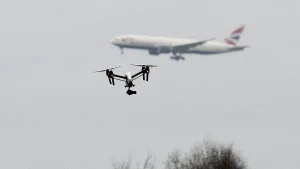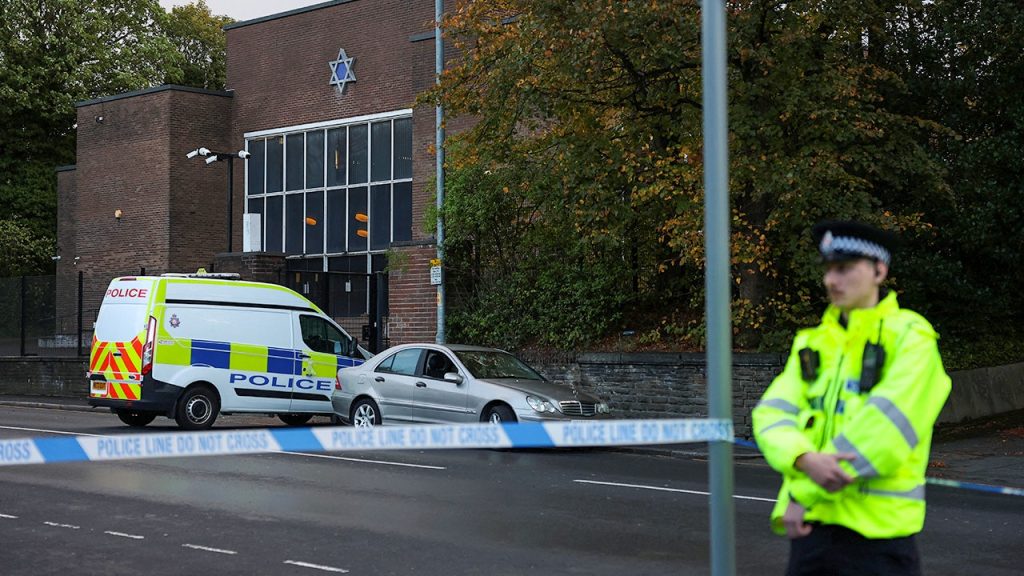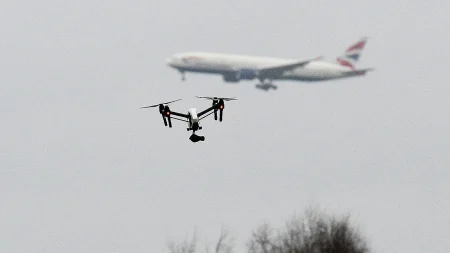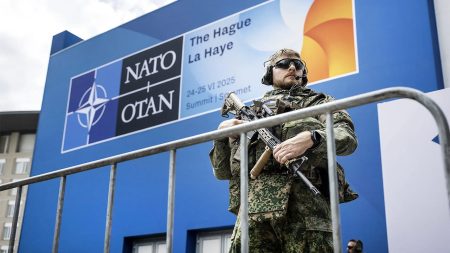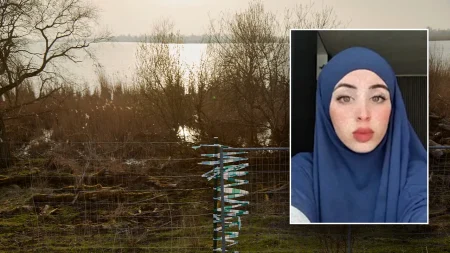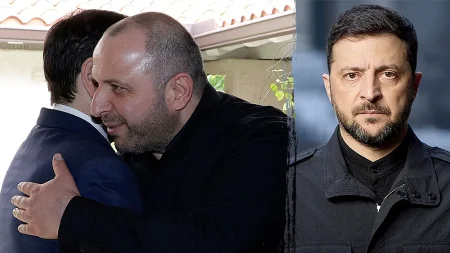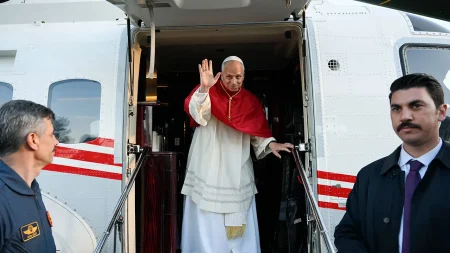Terror Attack at Manchester Synagogue: The Human Cost and Investigation Unfolds
In a somber development that has shaken the Manchester community, authorities have revealed that Jihad Al-Shamie, the 35-year-old British citizen of Syrian descent behind last week’s deadly attack outside a synagogue, allegedly pledged allegiance to the Islamic State during the incident. Assistant Chief Constable Rob Potts confirmed that prior to the attack, Al-Shamie called emergency dispatchers to claim responsibility and declare his allegiance to the terrorist organization. The revelation adds a chilling dimension to the tragedy that claimed two lives during Judaism’s holiest day, Yom Kippur. “We have conducted assessments across our systems,” Potts stated, “and I can reiterate that Al-Shamie had never been referred to the Prevent program, nor was otherwise known to Counter Terrorism Policing.” This absence from the Prevent program—a UK government initiative designed to intervene with individuals susceptible to radicalization—raises questions about how his extremist views went undetected.
The human toll of this attack has been devastating for the Jewish community and beyond. Two congregants from the Heaton Park Hebrew Congregation Synagogue, Adrian Daulby, 53, and Melvin Cravitz, 66, lost their lives in the violence. In a tragic twist, authorities later revealed that one of the victims—reportedly Daulby—was likely accidentally shot by police officers who were rushing to stop the attack, as Al-Shamie himself did not have a firearm. Three additional victims remain hospitalized with injuries sustained during the attack, which involved Al-Shamie ramming a car into pedestrians before assaulting them with a knife. The attack has left families grieving, a community in fear, and the broader public grappling with questions about safety and religious freedom in modern Britain. The NFL even held a moment of silence for the victims, demonstrating how the ripples of this violence have extended far beyond Manchester.
While Al-Shamie wasn’t on the radar of counterterrorism officials for extremist views, Head of Counter Terrorism Policing Laurence Taylor revealed that he was out on bail at the time of the attack after being arrested on suspicion of rape. This detail adds complexity to the profile of the attacker and raises questions about monitoring individuals with pending criminal charges. Assistant Chief Constable Potts explained that authorities are “more confident that he was influenced by extreme Islamist ideology,” with the emergency call serving as part of this assessment. However, he cautioned that the investigation continues and “there may be further drivers and motivations identified.” The attacker was wearing what appeared to be an explosive device during the assault, creating additional terror among witnesses, though Potts later clarified it was a “hoax device” that was “non-viable.”
The investigation has widened beyond Al-Shamie himself, as police seek to determine whether he acted alone or as part of a larger network. Authorities have arrested six individuals—three men and three women—on suspicion of the “commission, preparation and instigation of acts of terrorism” in connection with the attack. While their identities and potential connections to Al-Shamie remain undisclosed, a court has granted police additional time to hold four of these suspects. Two others—a man and a woman—have been released without further action. These arrests suggest authorities are investigating a potentially broader conspiracy, though they have yet to publicly confirm any organized plot. The thorough investigation reflects the seriousness with which UK authorities are treating this attack, particularly given its targeting of a Jewish place of worship during a holy day.
The attack comes amid rising tensions globally following the outbreak of conflict in the Middle East, with Jewish communities worldwide reporting increased security concerns and antisemitic incidents. The targeting of a synagogue on Yom Kippur—a day of atonement and one of the most significant observances in Judaism—carries particular symbolic weight that has devastated the Jewish community. The incident has prompted increased security at places of worship across the UK and renewed calls for vigilance against extremism and hate crimes. Community leaders have emphasized the importance of unity across faith groups in the face of such violence, with many Muslim organizations quickly condemning the attack and expressing solidarity with the Jewish community. This tragedy has once again highlighted the vulnerability of religious institutions as potential targets for extremist violence.
As Manchester mourns and the investigation continues, this attack serves as a sobering reminder of the persistent threat of terrorism and the challenges in identifying radicalized individuals before they act. The fact that Al-Shamie was not known to counterterrorism authorities despite his apparent extremist views underscores gaps in the systems designed to prevent such attacks. For the families of Daulby and Cravitz, no investigation will bring back their loved ones, and the community’s sense of security may take years to rebuild. The added tragedy of a potential police shooting of one victim compounds the sorrow and complexity of this case. As authorities work to piece together Al-Shamie’s path to radicalization and determine if others were involved, Manchester’s diverse communities are left to grapple with grief, fear, and the difficult work of healing across religious and cultural divides. In the face of such senseless violence, the resilience of communities and their commitment to standing together against hatred becomes all the more essential.

